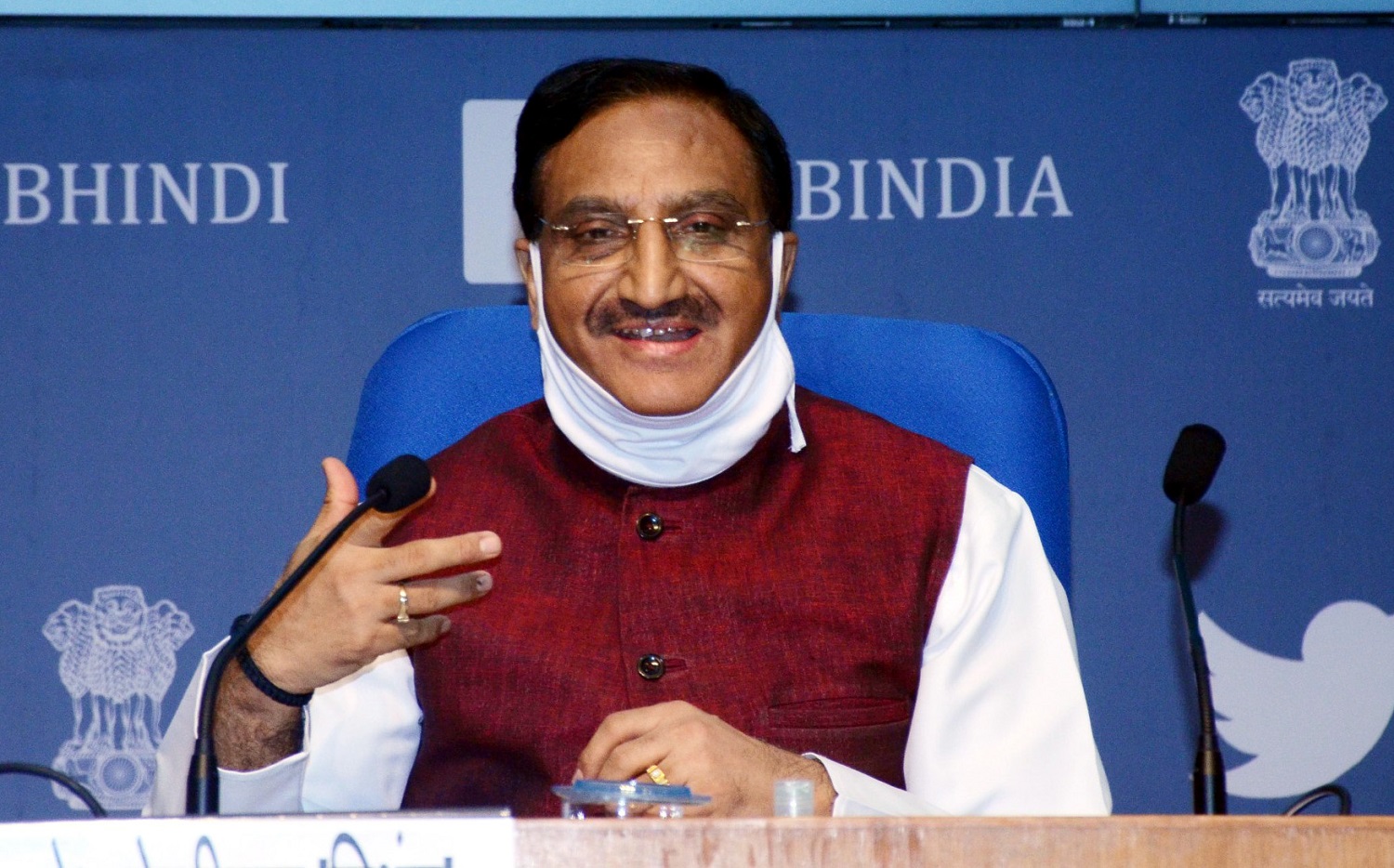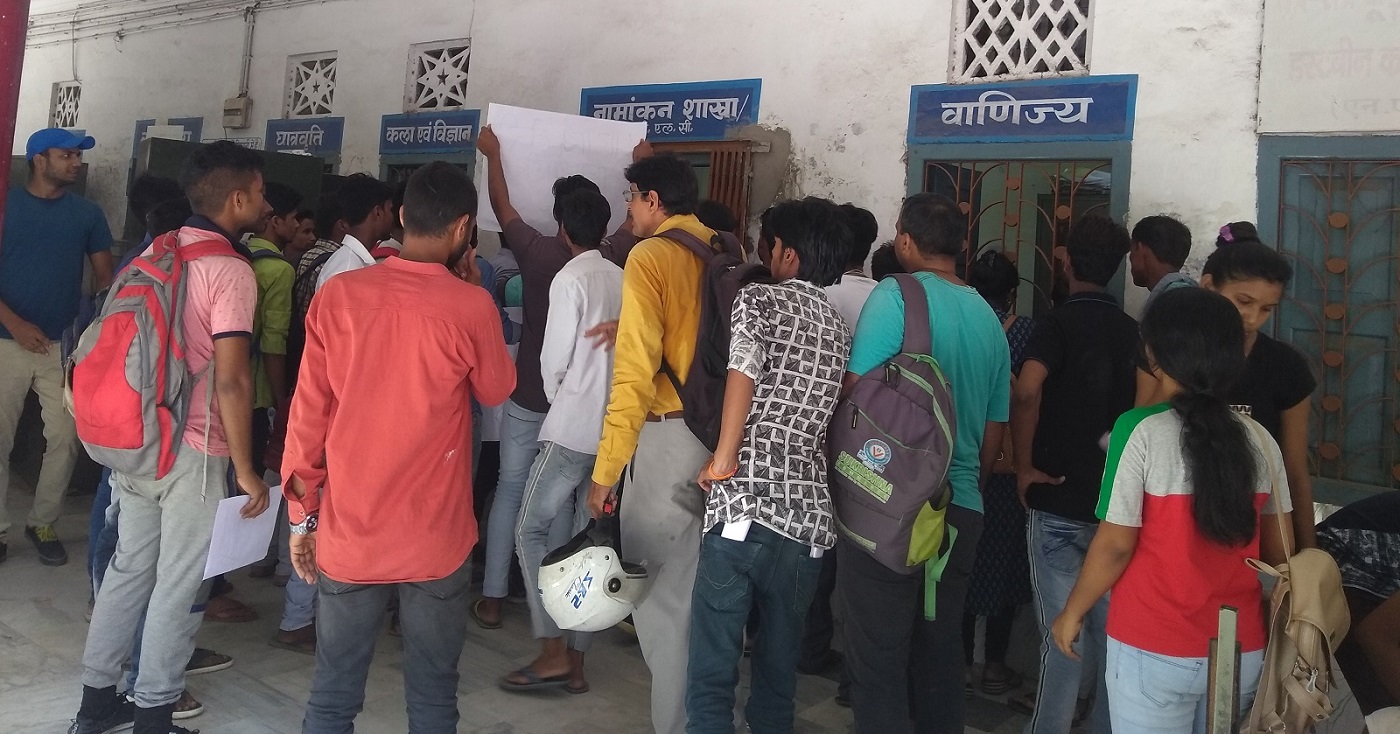
Indian Institute of Technology (IIT) Madras is the best institution of higher education in the country while Indian Institute of Science (IIS), Bengaluru is the second best, as per the annual ranking of higher educational institutions conducted by the government.
Out of the 10 top institutions of higher education in the country seven are Indian Institute of Technologies (IITs). In the university category Indian Institute of Science, Bengaluru, occupies the top position while in the overall ranking it is the second best.
Jawaharlal Nehru University, New Delhi, is ranked the second best university in the country, followed by Banaras Hindu University, Varanasi, in the third spot. Amrita Vishwa Vidyapeetham, Coimbatore, is ranked as the fourth best university in the country.
Bihar’s Poor Show
The poor state of Bihar’s higher educational system is reflected in the NIRF ranking. None of the state universities or colleges figure in the overall list of top 100 institutions. The only institute based in Bihar to find a place in top 100 institutions overall is IIT Patna, ranked at 54th place.
Although IIT Patna’s standing in overall ranking has improved, in the category of engineering colleges its standing has worsened. This year, IIT Patna ranking is four place better than last year’s ranking. However, among the engineering college its ranking dropped to 26th place from 22nd position in 2019. IIT Patna’s ranking has dropped consistently over the years. It was ranked at 10th position among top 100 engineering colleges in 2016.
The only other institution to find a place in the NIRF ranking is National Institute of Technology (NIT), Patna. It is placed at 92nd position in top 100 engineering colleges in the country. NIT Patna has managed to find a place in top 100 engineering colleges for the first time. In 2019 it was ranked at 134th position. There is no any institution from Bihar to find any place in any other categories.
Overall Ranking
In overall top 10 higher educational institutions there are only three universities while the rest seven are IITs. None of the Indian Institute of Management (IIM) figure in top 10 institutions overall. Three universities that figure in overall top 10 institutions are Indian Institute of Science, Bengaluru, at the 2nd spot; Jawaharlal Nehru University, New Delhi, at the 8th spot and Banaras Hindu University, Varanasi, at the 10th spot.
List of top 10 Higher Educational Institutions – Overall
- Indian Institute of Technology Madras
- Indian Institute of Science, Bengaluru
- Indian Institute of Technology Delhi
- Indian Institute of Technology Bombay
- Indian Institute of Technology Kharagpur
- Indian Institute of Technology Kanpur
- Indian Institute of Technology Guwahati
- Jawaharlal Nehru University, New Delhi
- Indian Institute of Technology Roorkee
- Banaras Hindu University, Varanasi
The annual exercise of ranking the higher educational institutions in the country is called National Institutional Ranking Framework (NIRF). The exercise was launched in 2015 and the first ranks were announced in 2016. Since the first rankings, the number of categories has increased from four to nine. This year a new domain was added – ranking of dental institutions.
Union Minister of Human Resource Development Ramesh Pokhriyal ‘Nishank’, on Thursday released “India Rankings 2020” of Institutions of Higher Education in various categories on the basis of their performance on five broad categories of parameters.
List of top 10 Universities
- Indian Institute of Science, Bengaluru
- Jawaharlal Nehru University, New Delhi
- Banaras Hindu University, Varanasi
- Amrita Vishwa Vidyapeetham, Coimbatore
- Jadavpur University, Kolkata
- University of Hyderabad,
- Calcutta University, Kolkata
- Manipal Academy of Higher Education, Manipal
- Savitribai Phule Pune University, Pune
- Jamia Millia Islamia, New Delhi
The ranking framework evaluates institutions on five broad generic groups of parameters, i.e. Teaching, Learning and Resources (TLR), Research and Professional Practice (RP), Graduation Outcomes (GO), Outreach and Inclusivity (OI) and Perception (PR). Ranks are assigned based on total sum of marks assigned for each of these five broad groups of parameters.
Besides, sourcing data on various parameters from applicant institutions, third party sources of data have also been used, wherever possible, Union HRD Ministry said in a statement.
“Scopus (Elsevier Science) and Web of Science (Clarivate Analytics) were used for retrieving publications and citations data. Derwent Innovation was used for retrieving data on patents. Data retrieved from these sources was shared with the institutions for transparency with a provision to give their inputs,” it said.
The ranking includes the highest number of institutions from engineering stream. 200 institutions are ranked in engineering discipline, 100 institutions are ranked in Overall, University and College categories, 75 each in Management and Pharmacy, 40 in Medical and 20 each in Architecture and Law and 30 institutions are ranked in Dental for the first time this year.
A total number of 3771 unique institutions offered themselves for ranking under “Overall”, category-specific and / or domain-specific rankings for India Rankings 2020. In all, 5805 applications for ranking were made by these 3771 unique applicant institutions under various categories / domains, which include 294 Universities, 1071 Engineering Institutions, 630 Management Institutions, 334 Pharmacy Institutions, 97 Law Institutions, 118 Medical Institutions, 48 Architecture Institutions and 1659 General Degree Colleges.
“A noticeable increase in institutional participation in the rankings exercise this year indicating its recognition amongst institutions of higher education in India as a fair and transparent ranking exercise,” the statement said.
Number of unique applicants to India Rankings have increased from 3127 in 2019 to 3771 in 2020 whereas total number of applications for ranking in various categories have increased from 4873 in 2019, to 5805 in 2020 i.e. total increase of 644 unique institutions and 932 total applicants.
While releasing the annual ranking through video-conferencing HRD minister Pokhriyal said the Ranking of Institutions at national level instill a competitive spirit amongst institutions to perform better and secure higher rank in international ranking.
“These rankings acts as a guide to students for selection of universities based on a set of criteria and helps universities to improve their performance on various ranking parameters and identify gaps in research and areas of improvement,” the minister added.




